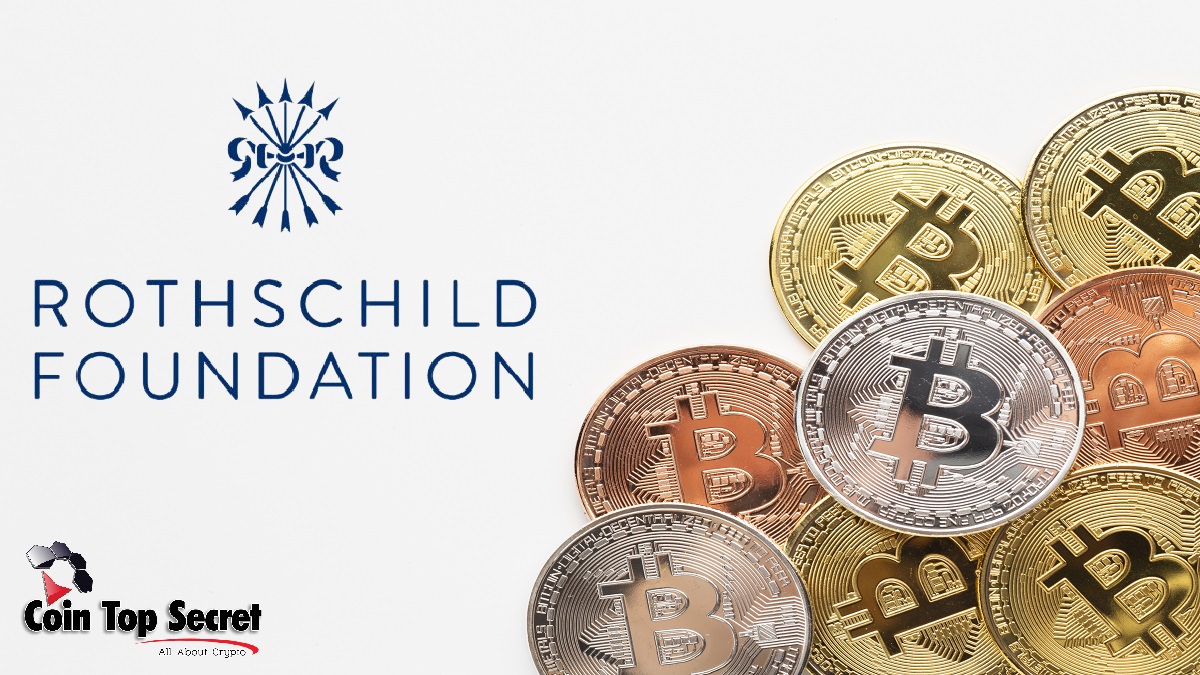Since the creation of digital assets, many methods of their extraction have been tried, for which not only industrial ASIC miners and video cards were used.
The very first bitcoin were mined on conventional central processing units that power personal computers.
For 12 years, the mining industry of the first cryptocurrency (bitcoin) has grown thousands of times.
Processors and video cards have been replaced by industrial ASIC miners that are significantly superior in processing power. However, enthusiasts have created other, unusual mining methods.
Lunar mission “Apollo”
US programmer Ken Shiriff tried to mine cryptocurrency (bitcoin) on the on board control computer (AGC), which was used on the command and lunar modules of the Apollo mission.
The device was created in the 1960s and at that time was a cutting-edge development.
In 2019, when the average bitcoin hash rate was 71 Eh / s (exa hash per second), according to BitInfoCharts, a 15-bit computer mined one hash in 5.1 seconds. 1 exahesh is 1 quintillion hashes.
Already at that time, Shiriff realized that AGC would never extract even one block, since this device takes a billion times longer than the universe exists.
On average, it takes about 10 minutes to find one block of bitcoin, so AGC will not have time to carry out calculations for mining cryptocurrency.
Mining blocks on a sheet of paper
Ken Shiriff went even further and tried a method of mining bitcoin, which does not require any devices.
The developer solved the mathematical problems necessary for mining manually on a sheet of paper, and then independently entered the results of the calculations into the blockchain.
Solving one cycle of the algorithm required to extract the hash took Shiriff an average of 16 minutes 45 seconds.
This provided 0.67 hash per day. The main disadvantage of this method is that mining stopped as soon as the programmer stopped making calculations on his own.
For comparison, the on-board control computer, on which Shiriff also tried to mine digital coins, received a hash every 5 seconds.
Breath mining
British researcher Max Duvey in 2017 proposed to mine cryptocurrency using breath. Duvi created a digital coin mining device based on a spirometer (a medical instrument for measuring lung volume).
Connected to the spirometer, a Raspberry Pi microcomputer converts breath into processing power that is used to mine Monero (XMR).
The researcher himself notes that the meaning of his invention is not to make a profit, but to popularize environmentally friendly and alternative mining methods.
Duvi presented his device at the GENERATOR projects digital art festival. For all the time, the miner based on the spirometer mined only $ 0.04 (0.000226495645 XMR taking into account the rate at the time of mining).
Mosques and free electricity
It is not uncommon for miners to come up with unusual ways to generate electricity to mine digital money.
Iran currently has a temporary ban on mining cryptocurrencies due to a drought that has led to a shortage of electricity as a result of the low efficiency of hydroelectric power plants.
Until now, the country’s authorities continue to fight against cryptocurrency mining enterprises that operate illegally.
In Iran, mosques are provided with free electricity. In 2019, Iranian Energy Ministry spokesman Mustafa Rajabi Mashhadi called for a fight against mosques, which he said was wasting energy by mining.
Mashhadi posted on Twitter a photo of one of these mosques with installations for mining cryptocurrencies.
Mosques receive free energy in Iran. Iranians have set up Bitcoin miners in them. There’s around 100 here, producing around $260,000 USD a year. This money goes a long way in Iran’s choked sanctioned economy. https://t.co/fczwdqCPAd
— mahsa alimardani 🌒 مثلا (@maasalan) June 26, 2019
According to a representative of the Iranian Ministry of Energy, about 100 ASIC miners can bring in $ 260 thousand.
Use of heat
When ASIC miners work, a large amount of thermal energy is generated, therefore, cooling systems are used on mining farms.
Co-founder of the Czech crypto exchange NakamotoX, Kamil Breicha, decided to use this energy from miners to heat vegetable greenhouses.
Who would imagine that mining cryptocurrencies and agriculture can work together? The first batch of cryptomatoes is ready to be harvested. We are using the excess heat for the tomato greenhouse and it is working:-) pic.twitter.com/U7qqKTshqO
— Kamil Brejcha (@KamilBrejcha) March 10, 2018
Braicha launched blockchain startup Agritechture, which began placing ASIC miners in tomato greenhouses.


